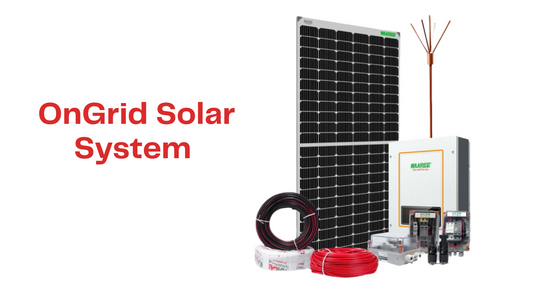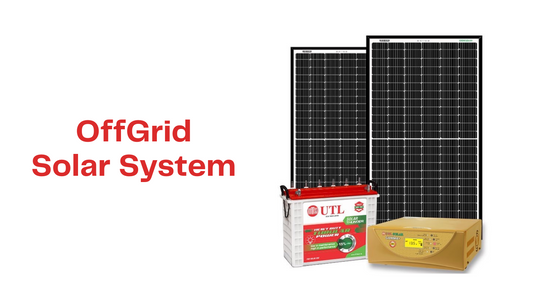The Future of Solar Energy in India

As India continues its ambitious journey toward sustainable energy, solar power stands at the forefront of this transformation. With abundant sunlight and innovative technology, the nation is poised to become a global leader in renewable energy.
The Solar Revolution
India receives approximately 300 sunny days per year, making it an ideal location for solar energy generation. The government's commitment to achieving 500 GW of renewable energy capacity by 2030 has accelerated investments in solar infrastructure across the country.
Key Benefits of Solar Energy
Solar energy offers numerous advantages for both residential and commercial applications. From reducing electricity bills to minimizing carbon footprint, the benefits are substantial and long-lasting. Modern solar panels are more efficient than ever, with improved technology making them accessible to a wider audience.
Government Initiatives
Various government schemes and subsidies have made solar adoption more affordable. Programs like the PM-KUSUM scheme and rooftop solar initiatives are driving widespread adoption across urban and rural areas.
Solar energy is not just about saving money—it's about securing a sustainable future for generations to come.
Looking Ahead
The future of solar energy in India is bright. With continued technological advancements, decreasing costs, and growing environmental awareness, solar power is set to play a crucial role in India's energy landscape. Whether you're a homeowner, business owner, or policy maker, now is the time to embrace this clean, renewable energy source.




